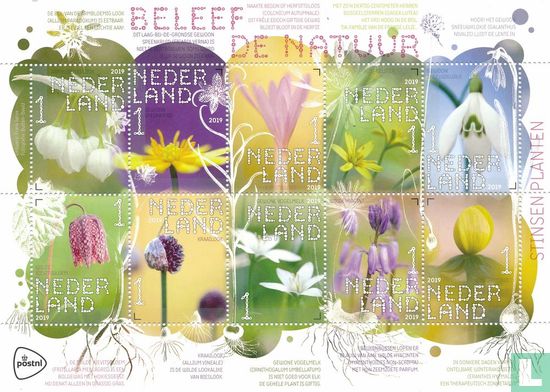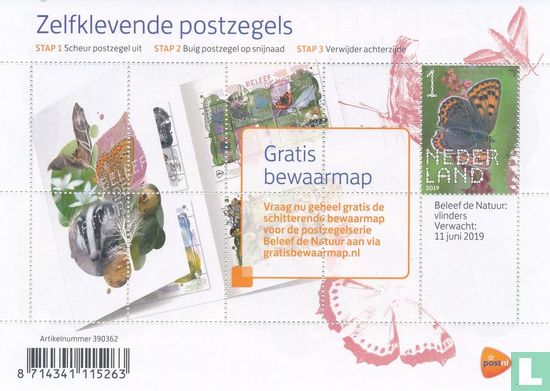



Catalogue information
The word stinsenplant (stinzenplant) comes from the Frisian word stins, which means stone house. It means a fortified and stone-built house. These were the residences of noble or distinguished lords, who often owned estates. In Friesland, the specific occurrence of plant species in stinsen has been described for the first time. The word stinsenplant was probably first used by the local historian Jacob Botke (1877-1939) in 1932, [2] who was inspired by the name stinzeblomkes, which the people of Veenwouden gave to Haarlem's carillon, which grew around the Schierstins. . After 1950 the term became common and stinsen plants were also found outside Friesland, in Groningen for example (called börgbloumkes there), but also many on the Utrecht estates. The term stinsenplant then also became common outside Friesland, for the first time in a 1957 publication by Jansen about the flora of an old country estate in Neerijnen. Stinsen plants are usually spring bloomers with striking flowers. These plants were brought in from outside the Netherlands a long time ago and planted to naturalize and have managed to survive. Some species, such as the finger-clam flower, do occur naturally in the Netherlands. Due to the planting outside their natural range, they can be regarded as regional stinsen plants. Another category, the Dutch stinsen plants, does not naturally occur in the Netherlands, but the acreage is usually not far beyond the borders. Examples of this are the hollow root and the winter aconite. These species naturalize easily in the Stinsen environment. The last category are the exotic stinsen plants. An example of this is the imperial crown (Fritillaria imperialis), which originally comes from Asia. This plant maintains itself in the Stinsen environment, but does not spread further. Some stinsen plants, such as the snowdrop (Galanthus spec.) And the spring bellflower (Leucojum vernum L.), have been cultivated since the late Middle Ages. The planting of stinsen plants was given a great impulse at the end of the 18th century by the rise of the English garden. The ideal of this garden architecture was natural beauty, which they wanted to further perfect. That is why plants were put out for naturalization. These were often brought from Central and Southern Europe. To make the plants take root, a lot of calcareous debris was added, which is indeed beneficial for these species. Several stinsen plants were designated as protected species under the Flora and Fauna Act. Examples: wild garlic (Allium ursinum L.), colchicum autumnale (Colchicum autumnale L.) and the two mentioned species of bird's milk (Ornithogalum umbellatum and O. nutans). This means, among other things, that wild specimens of these species were not allowed to be collected or traded. The stinsen plants are not on the list of protected species of the successor to the Flora and Fauna Act: the Nature Conservation Act.
This text has been translated automatically from Dutch
Click here for the original text



